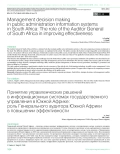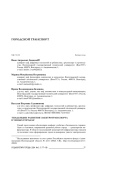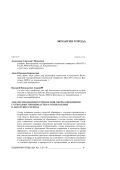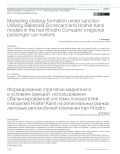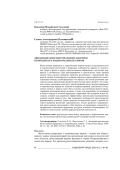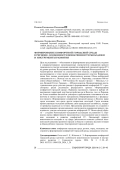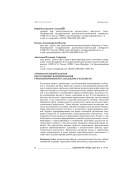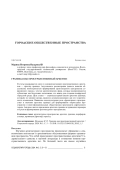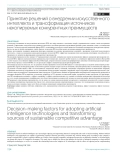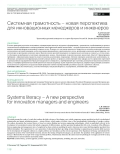Технологии, основанные на искусственном интеллекте (ИИ), все чаще заменяют и дополняют людей в управленческих задачах, таких как принятие решений. Современные технологии искусственного интеллекта способны выполнять когнитивные функции, ранее связанные только с человеческим разумом. Согласно ресурсной концепции фирмы (RBV), когнитивные способности людей являются источником некопируемых конкурентных преимуществ, так как их трудно имитировать, таким образом, технологии ИИ способны менять источники конкурентных преимуществ.
Данное исследование посвящено выявлению факторов, влияющих на решение промышленных компаний о внедрении технологий искусственного интеллекта, а также исследованию взаимосвязи внедрения технологий ИИ с эффектами замещения и/или дополнения когнитивных способностей сотрудников и их влияния на формирование конкурентного преимущества.
Исследование проведено на базе данных 147 промышленных компаний, эмпирические оценки возникновения эффекта замещения при внедрении технологий ИИ и эффекта взаимодополнения проводились при помощи двух моделей: пробит-модели со случайными эффектами (random effect probit) и логит-модели с постоянными эффектами (fixed effect logit), которая позволила оценить внутрифирменную динамику изменения ресурсов при внедрении в бизнес-процесс технологий ИИ, то есть проследить эффект замещения ресурсов при внедрении ИИ.
Полученные результаты показали, что: (1) решение об инвестировании в технологии ИИ зависит от таких факторов, как наличие компетенций для внедрения ИИ, затраты на внедрение новых технологий и уровень текущих затрат в целом по компании, ожидание финансовых и экономических эффектов; (2) решение об инвестициях в ИИ и их интенсивность значительно выше у компаний, ожидающих сокращение времени на выполнение операций, сокращение численности сотрудников за счет уменьшения объема рутинных операций, сокращение затрат на функцию управления персоналом и увеличение скорости разработки и продвижения новых продуктов; (3) наибольшее влияние на формирование некопируемых конкурентных преимуществ оказывает внедрение ИИ в маркетинг и аналитику, разработку и ИТ, продажи и клиентский сервис и разработку новых продуктов; (4) при внедрении ИИ одновременно возникает и эффект замещения, и эффект взаимодополнения, что смещает источники конкурентных преимуществ (несмотря на то что замена традиционных специфических для области когнитивных возможностей человека на многочисленные вычислительные возможности ИИ разрушает существующее преимущество, тем не менее на основе взаимодополнения человеческих и машинных возможностей создаются новые, постоянные некопируемые преимущества). Кроме того, дополнена ресурсная концепция фирмы и показано, что неоднородные несвязанные ресурсы, такие как человек и машина, также могут быть источником уникальных конкурентных преимуществ.
